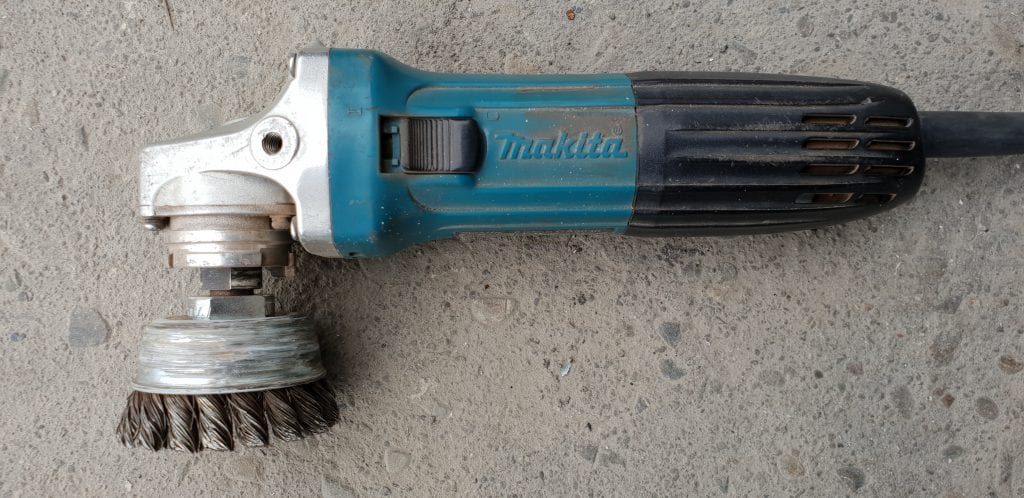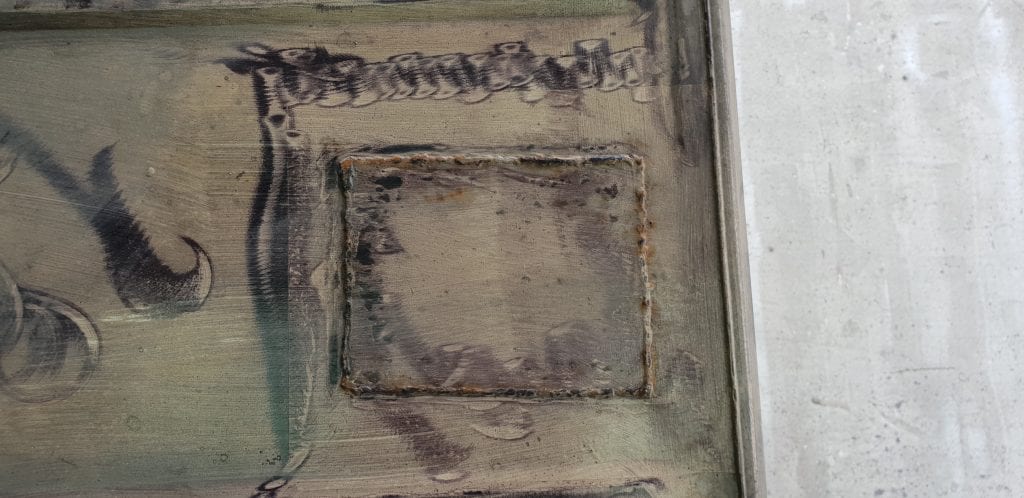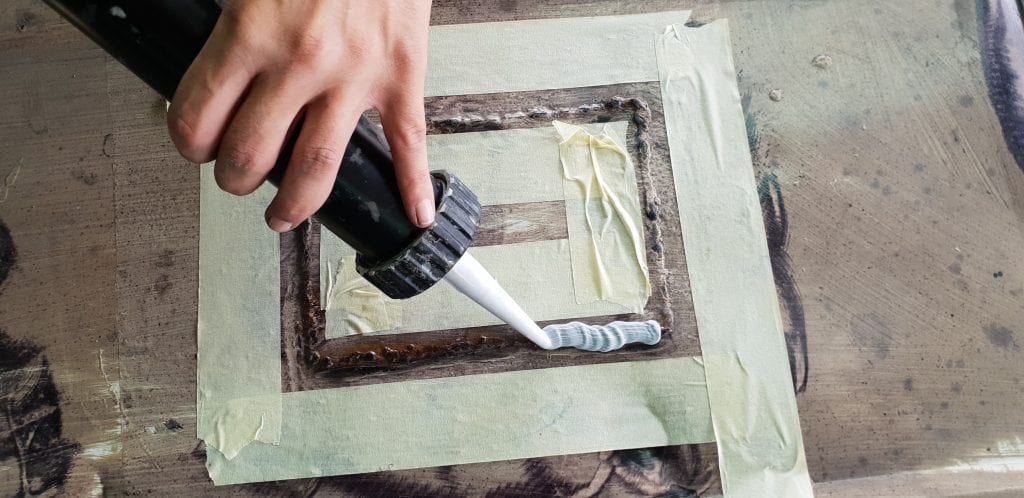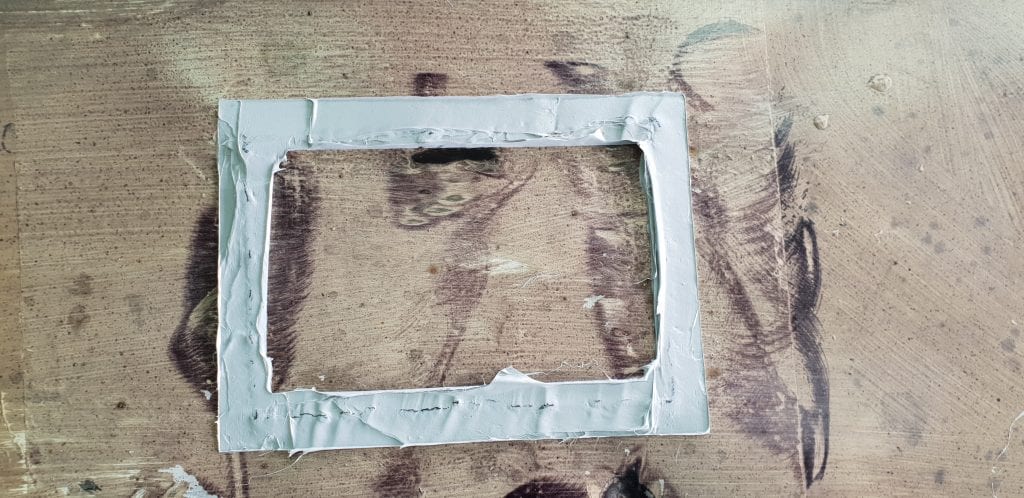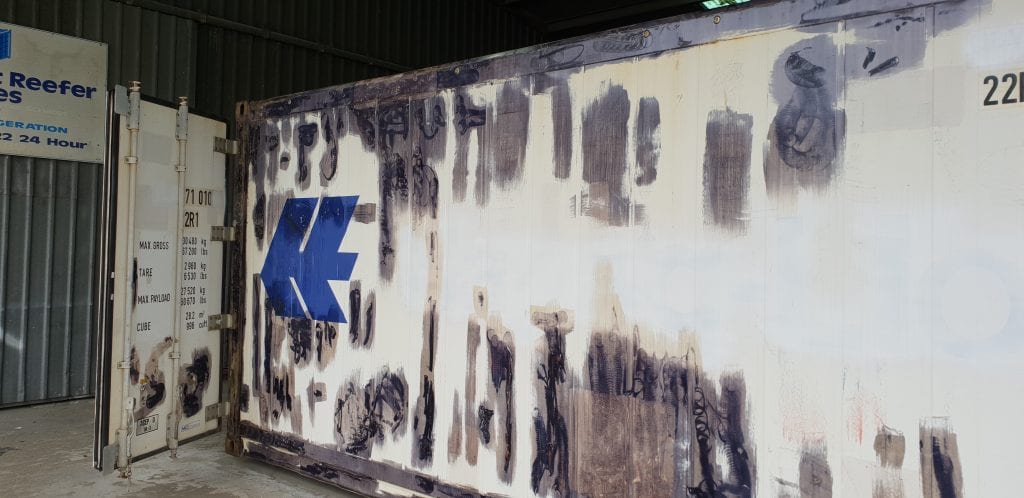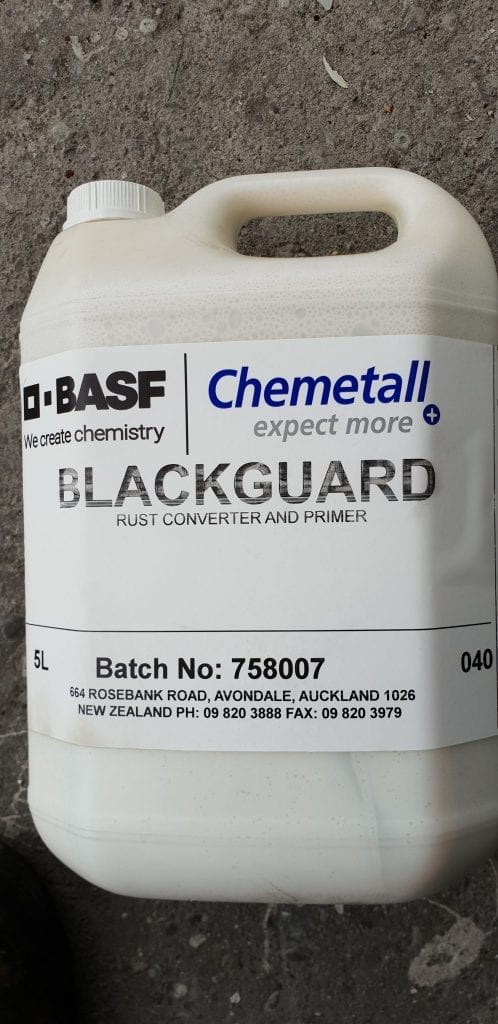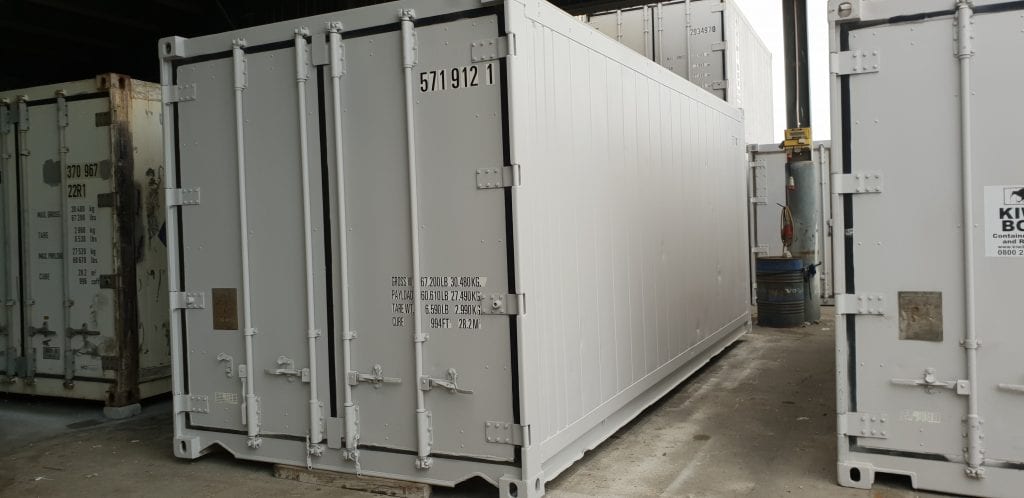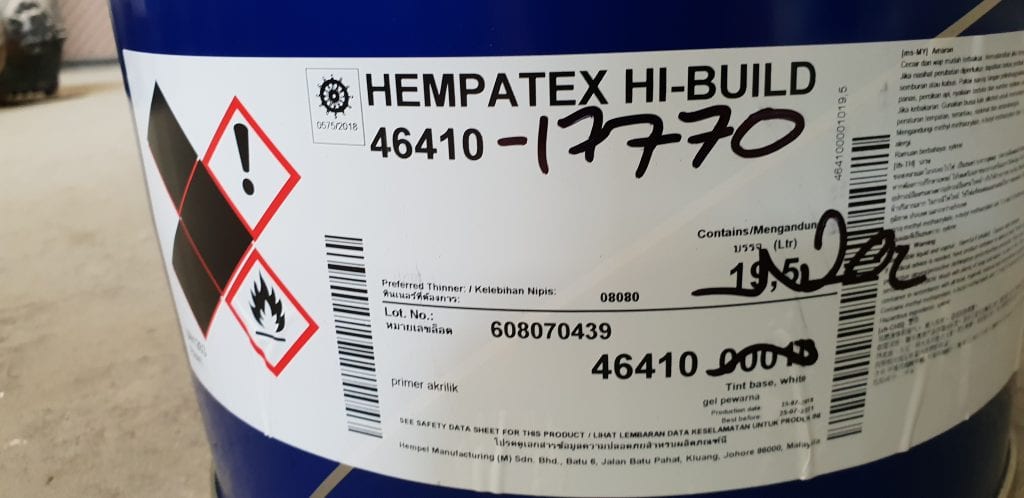Whether we like it or not, all outdoor buildings and structures require some level of maintenance to keep them protected from the elements and extend their life. Constructed from steel and spending their entire lives outside, shipping containers are no exception to the rule. In this month’s blog we’ll talk you through how to maintain your refrigerated container, optimising your investment and extending its service life.
How refrigerated container maintenance can save you money
After the initial purchase your biggest expense in owning a container is the ongoing power bills created by the running of the refrigeration unit.
If water is allowed to penetrate your refrigerated container’s outer skin, the water will enter the unit’s insulation. When this occurs the refrigeration machinery must work for longer to pull the temperate down to the required setting, increasing your power bills unnecessarily.
Therefore, it’s a good idea to give your refrigerated container a refresh every few years to ensure weathertightness, keep your power bills down and increase the lifespan of the unit.
Start your maintenance schedule by removing rust
The key to weatherproofing a refrigerated container is in the preparation. You want to eradicate any and all rust.
Get a hold of a reliable angle grinder (and some PPE) and fit a wire cup brush attachment. Go over your container with an eagle’s eye, working the angle grinder to remove all the rust spots — especially on the roof, which is the area most vulnerable to sun and inclement weather.
Patch up any rust holes and apply sealant
In your grinding travels you may notice some particularly nasty rust spots that have gone right through the steel or are not far off doing so. Fix any serial offenders by cutting the patch of steel around the rust out, and welding a new one in. Once any patches are welded in add some Sika Flex 221 sealant around the edges to prevent water getting in.
Wash the container and prepare for painting
When you’ve finished removing the rust and applying any patches, wash the container with a water blaster and leave it to dry.
Once your refrigerated container is completely dry, apply two coats of Chemetall Blackguard Rust Converter and Primer to any spots you attacked with the grinder, leaving 12 hours between applications.
Painting your refrigerated container
The final step in the process is applying a coat of paint to your unit. Here at Kiwi Box we use original Hempel container paint on our lease containers because it features a rust inhibiter which makes it last longer. We use an airless sprayer which only requires one coat, but if you’re painting by hand we recommend you apply two coats to any areas treated with the Chemetall Blackguard Rust Converter and Primer.
Maintaining your container’s doors
Aside from refrigeration unit breakdowns, the biggest cause of frustration with containers is poorly operating doors. This issue can easily be avoided with some good ole preventative maintenance and common sense.
Some refrigerated container doors are very hard to open and close. To get around this problem, make sure the container is level on the ground to prevent the container from rocking, which can lift or drop one door making them very difficult to close.
To stop the doors from sticking shut, apply a silicone spray up and down the door seals that meet in the middle. This will stop the rubber seals sticking and make the doors a breeze to open and close. Clever container owners also use silicone spray to lubricate the door hinges and locking bars/cams.
Fitting tie-back clips to refrigerated container doors
If you are loading the container with forklifts regularly and the doors are not secured back to the side walls it can be very easy to hit them, causing damage. Subsequent repairs can become very expensive. Damage to the doors can be easily avoided by fitting tie-back clips to the doors and the side of the container walls. We do this to all our Kiwi Box container rentals.
When the doors are secured back against the wall they are out of the way and can’t be hit with the forklift or cargo.
You’re all done — have a cup of tea and watch our video
Once you’ve completed your maintenance schedule you can put your knees up and have a cup of tea, happy in the knowledge your container will be protected from the elements and running efficiently for another 3–4 years to come.
While you’re enjoying your well-deserved cuppa, watch our Kiwi Box video…


